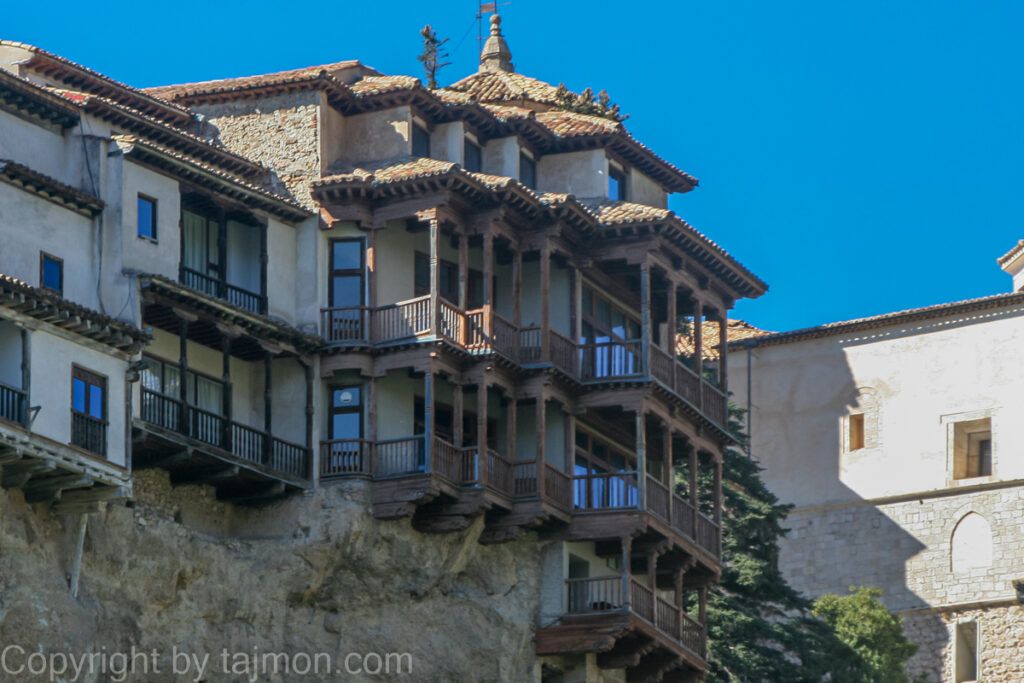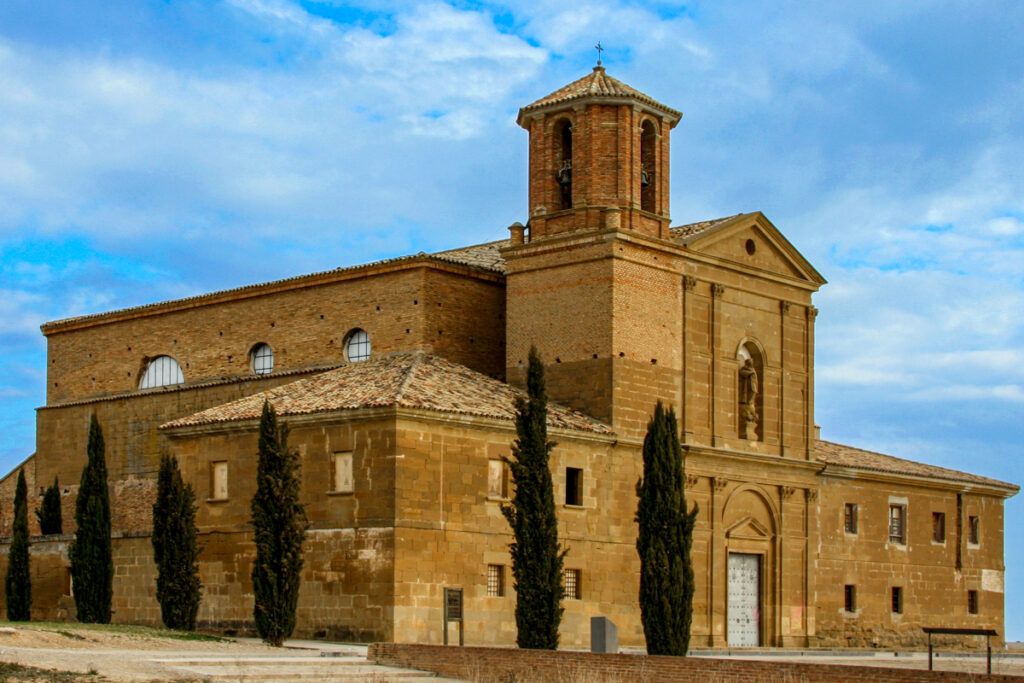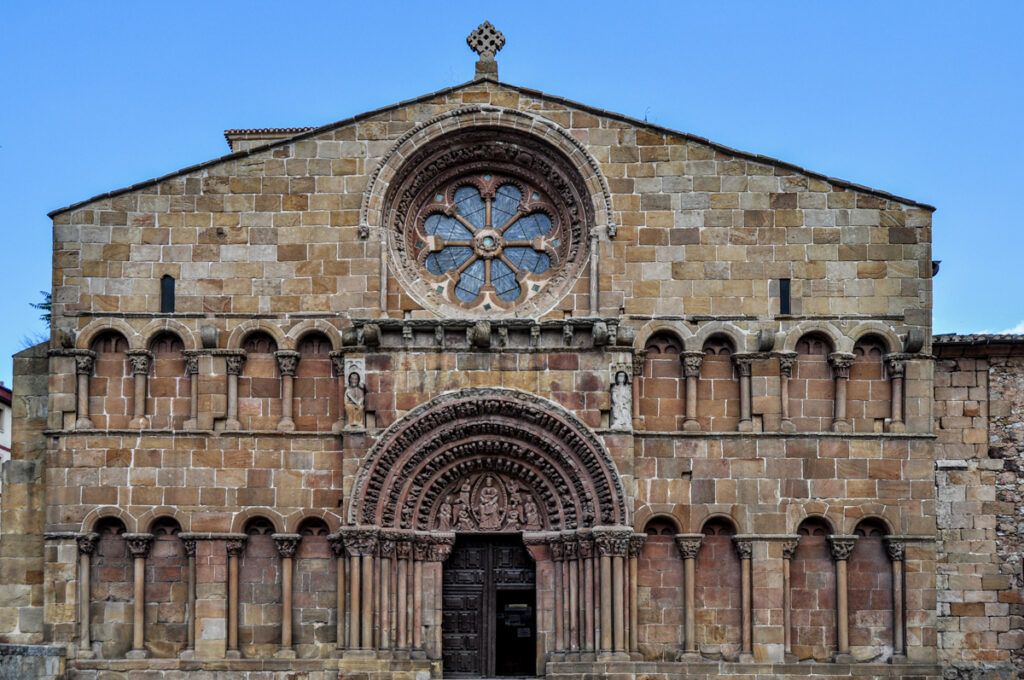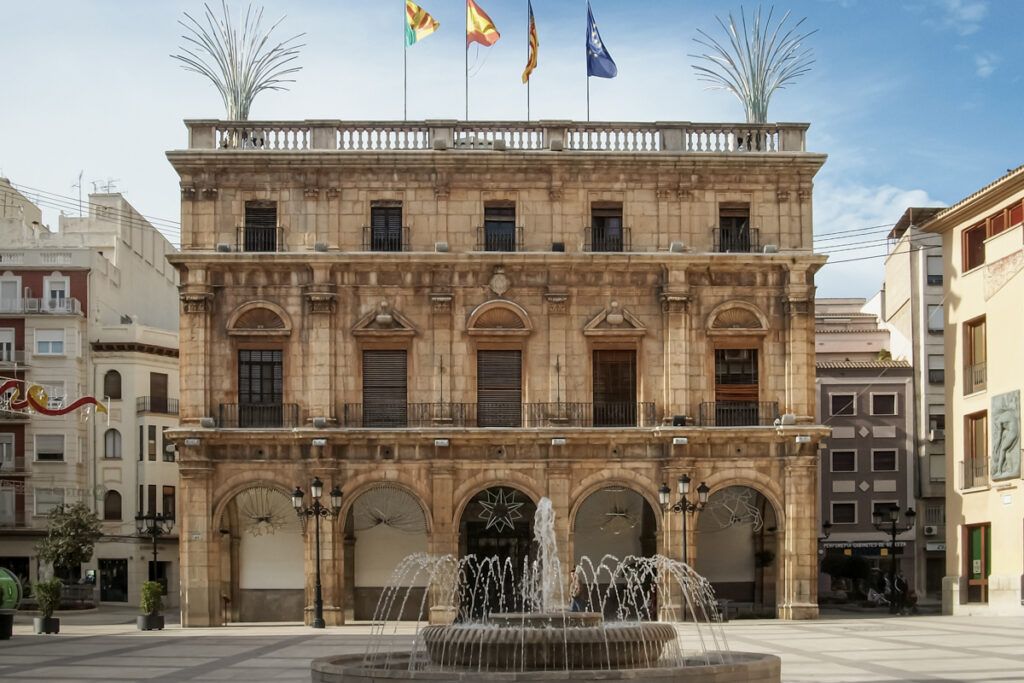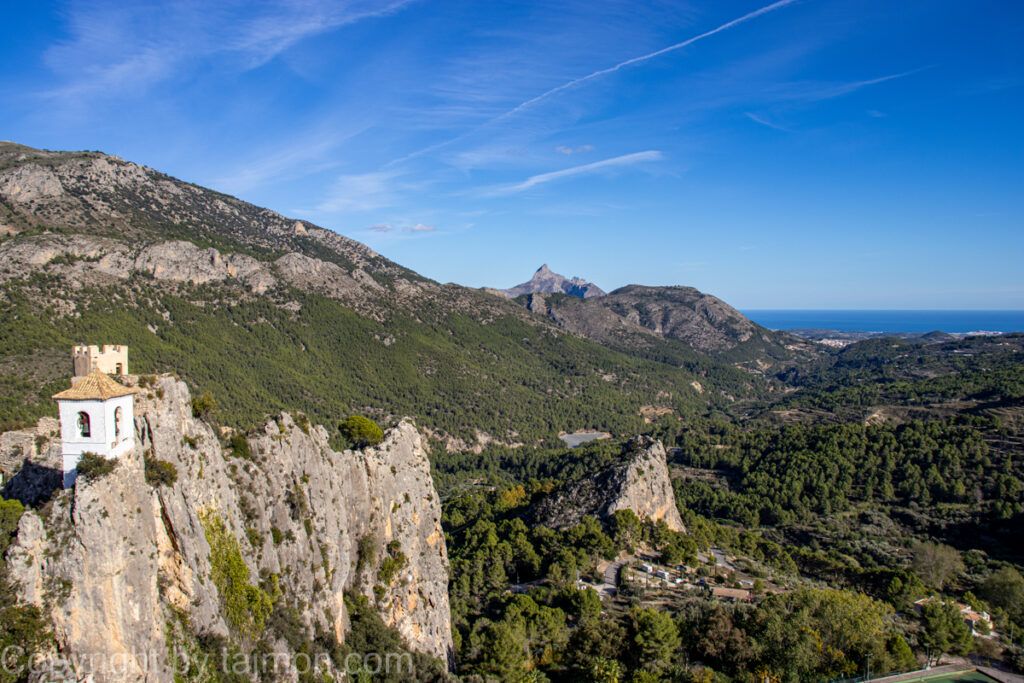Church of San Pedro in Cuenca
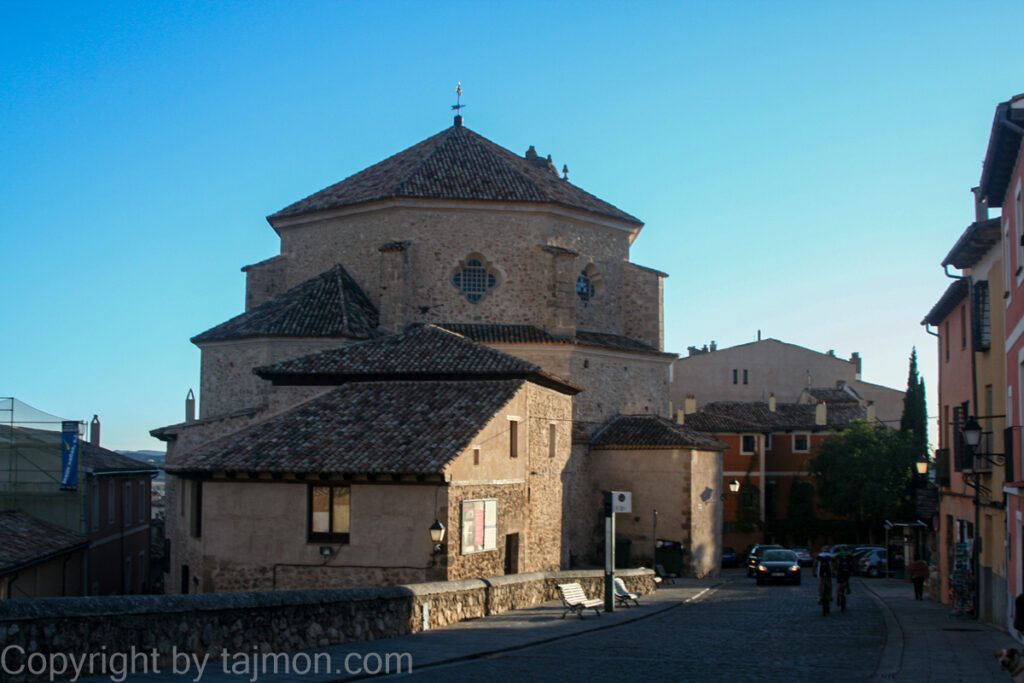
The Church of San Pedro is one of the oldest monuments in Cuenca, which has preserved many traces of its long and turbulent history. Its origin dates back to the Arab times, when there was a mosque on this site, which was destroyed by the Christian troops led by Alfonso VIII in 1177. Soon after, on its foundations, a new church was built, which was to be a symbol of victory and faith.
The church was initially in the Romanesque style, with three naves and a tower on the facade, but in the following centuries it was repeatedly rebuilt and enlarged, adopting elements of Gothic, Baroque and Neoclassical styles. It was also the scene of important political and religious events, such as the fights between the aristocracy and the clergy in the 15th century, the defense of the city against the troops of Charles I in the 16th century, or the ceremonies related to the canonization of St. Julian of Cuenca in the 17th century.
The interior of the church is rich in works of art, which testify to its significance and prestige. Among them, the main altar, which is the work of José Camarón, one of the most outstanding Spanish painters of the 18th century, deserves attention. The altar depicts the scene of the coronation of the Virgin of Mount Carmel by angels and saints, among whom is St. Nicholas, the patron saint of the church. The painting is kept in the Rococo style, with rich colors and dynamics of composition.
On the side altar, on the right side of the nave, you can see another excellent painting, by Francisco Bayeu, the brother of the famous Francisco Goya. The painting depicts the scene of the Annunciation, in which the angel Gabriel announces to Mary that she will conceive the Son of God. The painting is kept in the Neoclassical style, with simplicity and harmony of forms and colors.
In the church there are also the tombs of many distinguished figures from the history of Cuenca, such as Diego Hurtado de Mendoza, marquis of Cañete, who was one of the most powerful and controversial aristocrats of the 15th century, or Lope de Barrientos, bishop of Cuenca, who was one of the most influential and learned clergymen of the 15th century.
